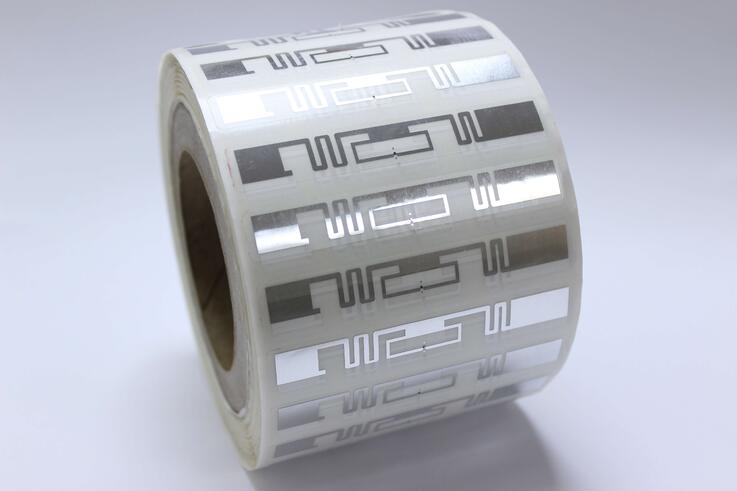Fake medications cause in excess of 1,000,000 passings every year, as per the World Health Organization (WHO)[i]. It’s a sufficient scourge that a large gathering of specialists grouped together in 2019 to pronounce the ascent in “misrepresented and unsatisfactory meds” nothing short of a “public health crisis,” one that kills 250,000 youngsters every year. Is drug importation a valid prescription?
A few fake[ii] medications contain an inadequate measure of active ingredients important to battle a specific illness. Many fakes start in China and India and contain inactive as well as poisonous fixings, for example, printer ink, paint, and arsenic. What’s more regrettable, without knowing the private subtleties of the bundling, separating what’s genuine from fake is exceedingly difficult.
What’s more, the risk is developing, unfortunately. A report by Pfizer distinguished 29 phony meds in 75 nations in 2008. By 2018, there were 95 fakes in 113 nations. As per the WHO, one out of each and every 10 medications sold in non-developed nations is fake or unacceptable, bringing about substantial numbers of unnecessary passings consistently.
In any case, the issue isn’t simply in the undeveloped world. In 2018, as a component of a weeklong anti-counterfeiting operation, Canadian authorities examined almost 3,600 packages and tracked down that 87% contained fake or unlicensed healthcare items. Beginning around 2008, INTERPOL eliminated more than 105 million fake or substandard medications from dissemination and made more than 3,000 captures of people involved.
Conclusion – Is Drug Importation a Valid Prescription?
Drug importation comes with an increased level of risk. That risk has been explained above. The benefits outweigh the risks of drug importation provided proper precautions have been made to mitigate said risks (i.e. members taking a fake or substandard medication).
- Avoid including drugs in an importation program which require refrigeration
- Import drugs from Tier 1 countries only: Australia, Canada, United Kingdom, New Zealand
- Require Radio Frequency Identification (RFID) in the importation drug supply chain. RFID is used to accurately count, correct, and track all individual items and cartons across the supply chain. This starts in the factory where items are tagged at source, goes on to the distribution center where orders are sorted and finally sent out to pharmacies.
- Incorporate a first-fill program to ensure no breaks in drug therapy. First-fill programs account for the longer delivery timeframes associated with the importation of authentic drugs.
- Don’t sacrifice safety for price among importation vendors.
A prescription drug benefit program is expensive to support. It will get more expensive over time as cell and gene therapies replace first generation specialty and biologic drugs. Healthcare plan sponsors must stack solutions in their cost management process to ensure annual costs are affordable. There is a myriad of solutions available to get drug costs in line with expectations. Drug importation is one solution for every plan sponsor to consider.
[i] The WHO member state mechanism on substandard and falsified medical products. World Health Organization. www.who.int/publications/i/item/WHO-MVP-EMP-SAV-2019.04. Published April 2019. Accessed October 26, 2021.
[ii] Fake medicines. INTERPOL. www.interpol.int/en/Crimes/Illicit-goods/Shop-safely/Fake-medicines. Accessed October 26, 2021.

